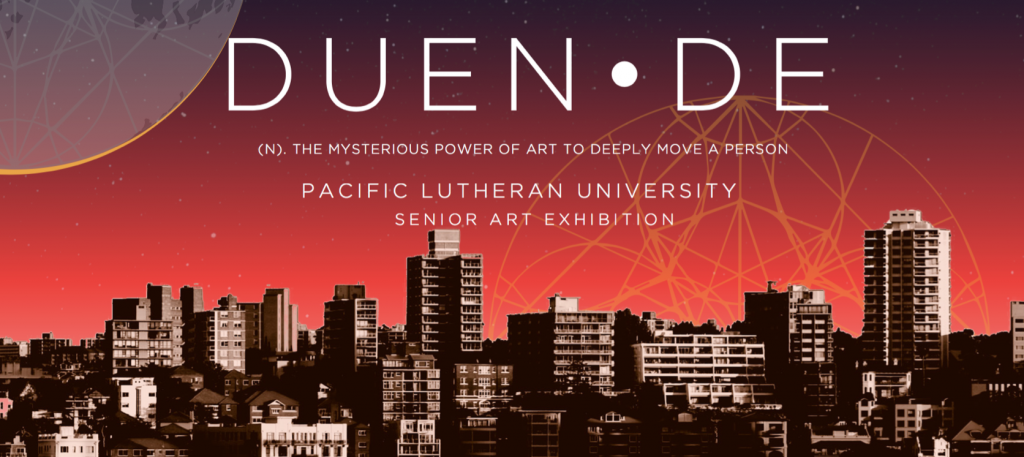Page 105 • (1,062 results in 0.144 seconds)
-
procedures prescribed to protect the integrity of an assignment, test, or other evaluation. The most common forms of academic dishonesty are cheating and plagiarism. Cheating includes, but is not limited to: Submitting material that is not yours as part of your course performance, such as submitting a downloaded paper off of the Internet; or Using information or devices not allowed by the instructor (such as formulas or a computer program or data); or unauthorized materials (such as a copy of an
-
-transform infrared spectroscopy (FTIR) and proton nuclear magnetic resonance spectroscopy (1H NMR) were used for analysis. 12:30 pm | Session III - AUC Grey AreaFaculty Moderator: Heather Mathews, Communication, Media & Design ARts Student(s)Presentation Eric Golde, Camden HuntComputer SciencePlayer Piano Faculty Mentor: Jeff Caley, Computer Science We have turned a upright piano into a player piano. We built everything from the circuit boards, hardware, and software. 12:30 pm | Session III - AUC 203
-
plagiarism. Cheating includes, but is not limited to: Submitting material that is not yours as part of your course performance, such as submitting a downloaded paper off of the Internet; or Using information or devices not allowed by the instructor (such as formulas or a computer program or data); or unauthorized materials (such as a copy of an examination before it is given); or Fabricating information, such as data for a lab report; or Collaborating with others on assignments without the
-
frayed wiring or poor connections. Check the wiring and casing on appliances. The electrical system is not intended for items that place a heavy load on the system, such as microwave ovens and exposed heating element appliances listed in the Residential Hall Fire Safety Policy. Personal micro-fridge, computer equipment, TV and stereo appliances are approved. If potential problems exist with wiring or electrical systems notify Facilities Management at ext. 7380. Additionally, it is recommended
-

received well by her parents). This passion for art continued as she entered grade school and into high school. After high school, Rebecca came to PLU as a graphic design and mathematics major. This quickly changed and Rebecca will be graduating with a Bachelors of Fine Arts in Ceramics and a Bachelors of Arts in Computer Science. ARTIST STATEMENT My work examines the uncontrollable and powerful forces of nature. In this series of platters and sculpture, I am exploring how humans connect to nature. I
-
credit on your account and can be refunded back to you so that you can use it for your indirect expenses, such as transportation, books and supplies, and other personal items. Students may request (with documentation) additional assistance for child care costs, a computer, and other educationally related expenses. What if the amount I receive falls short of the cost?PLU will do its best to provide sufficient financial aid to meet the financial need, as calculated by the FAFSA. Regardless of your
-
equipment, which includes 3-D printers, a laser cutter, AutoCAD software, computer-controlled sewing machines, woodworking and welding tools, virtual reality modules and more. One recent evening, students from the University of Washington Tacoma had the opportunity to test some of the tools. The title of the beginning engineering course was fitting: “How to Make Almost Anything.” Davis says that’s just what FabLab offers, the ability to let your imagination and creativity run wild (safely, of course
-
Archives Other Copies: Any office Retention: 3 years. Shred Instructional Resources Committee To promote enhancement of the education environment at the university. To study issues and problems, and to recommend and develop policy related to the provision of tangible and intangible resources in support of the university’s education mission. To act as advocates to the administration for the provision of resources in support of faculty development, the library, computer usage, as well as classroom space
-
) ARTD 320 : Photography 2: Digital Photography - CX An introduction to computer-assisted photography in which students learn applications, develop aesthetic strategies, and engage the ethical issues of this new technology. Emphasis on creative exploration and problem solving within the Macintosh environment. May be taken twice. (4) ARTD 330 : Ceramics 2 Advanced techniques in ceramic construction and experiments in glaze formation. Focus on form and craftsmanship. Prerequisite: ARTD 230 or consent
-
are charged to each student’s account each semester. These fees support the purchase of equipment, materials and supplies in the practice labs and Learning Resource Center, clinical placements, external testing measures, as well as computer materials and software. The fee is paid with tuition following registration for specific courses. In addition to regular university costs, students must provide their own transportation between the University campus and the clinical areas beginning with the
Do you have any feedback for us? If so, feel free to use our Feedback Form.


